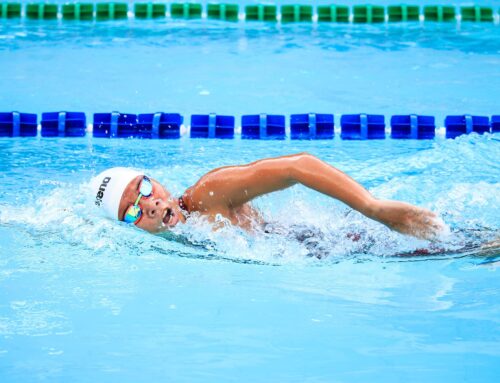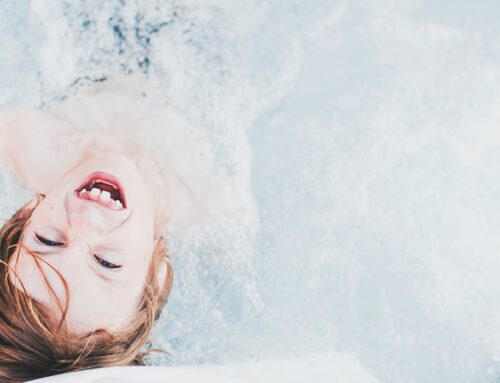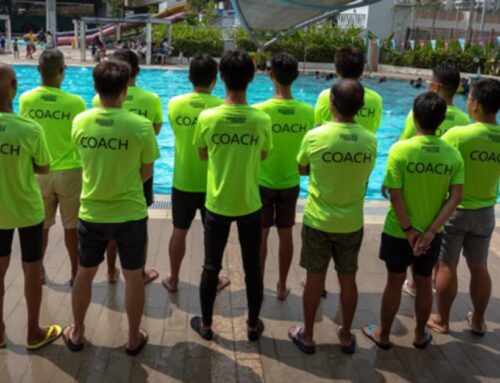Can I Teach My Own Baby To Swim?
If you are looking to teach your infant age 2 or below how to swim, you need to know the 5 steps of baby swimming to ensure it is a safe, fun experience for both of you. After all, introducing your child to the water at a very young age can be great, but only if it is done properly.
Step 1: Outfit your baby with the right swimming gear
Your baby should wear a swimming diaper that is designed to not leak. A snug swimming suit that is sure not to come off should completely cover the surface of the diaper. Inflatable arm devices might be a good choice as well as long as your child does not fight wearing them.
Step 2: Start small
For your infant’s first baby swimming experience, opt for the infant area of a pool that is typically only 12 inches deep. This will encourage your infant to play in the water with a much smaller risk of drowning.
Step 3: Keep your eye on your infant
Watch his or her reaction to being in the water. If your baby is having a hard time, it might be too soon to encourage pool time. If this occurs, revert to simply walking along the water’s edge and observing other swimmers. Baby swimming should never be forced on your child, especially at such a young age.
Step 4: Stay near your child
It does not matter how deep or shallow the water is. To ensure your child’s safety during baby swimming, you should keep your hands on them at all times. Avoid a traumatizing experience for yourself and your little one by not risking any danger to them during pool time. At this young age, you cannot expect your baby to really swim, but rather simply enjoy spending time in the water to encourage a love of swimming later in life. You can being to briefly let go when they become more accustomed to the water.
Step 5: Have fun!
Don’t just sit at the edge of the pool—encourage your infant to kick, blow bubbles, and play with water toys, all while remaining near your baby and ensuring they are happy and safe. As the years progress, your child’s early baby swimming experiences could turn into a strong love of swimming that can be both a recreational activity and a way to ensure they are safe near the water’s edge.














